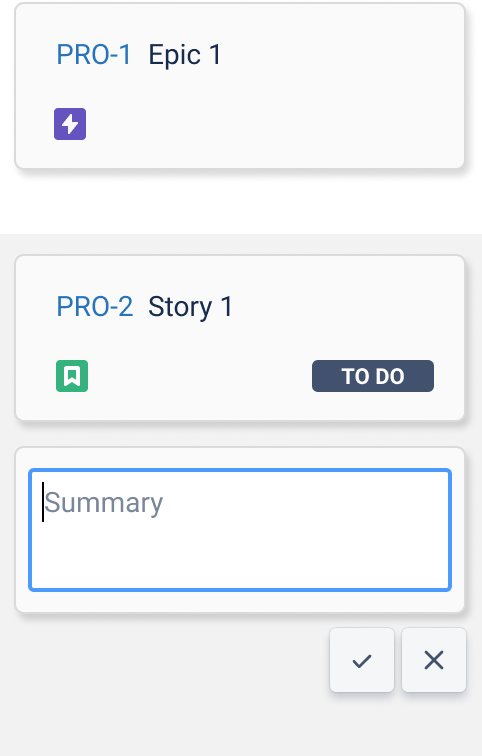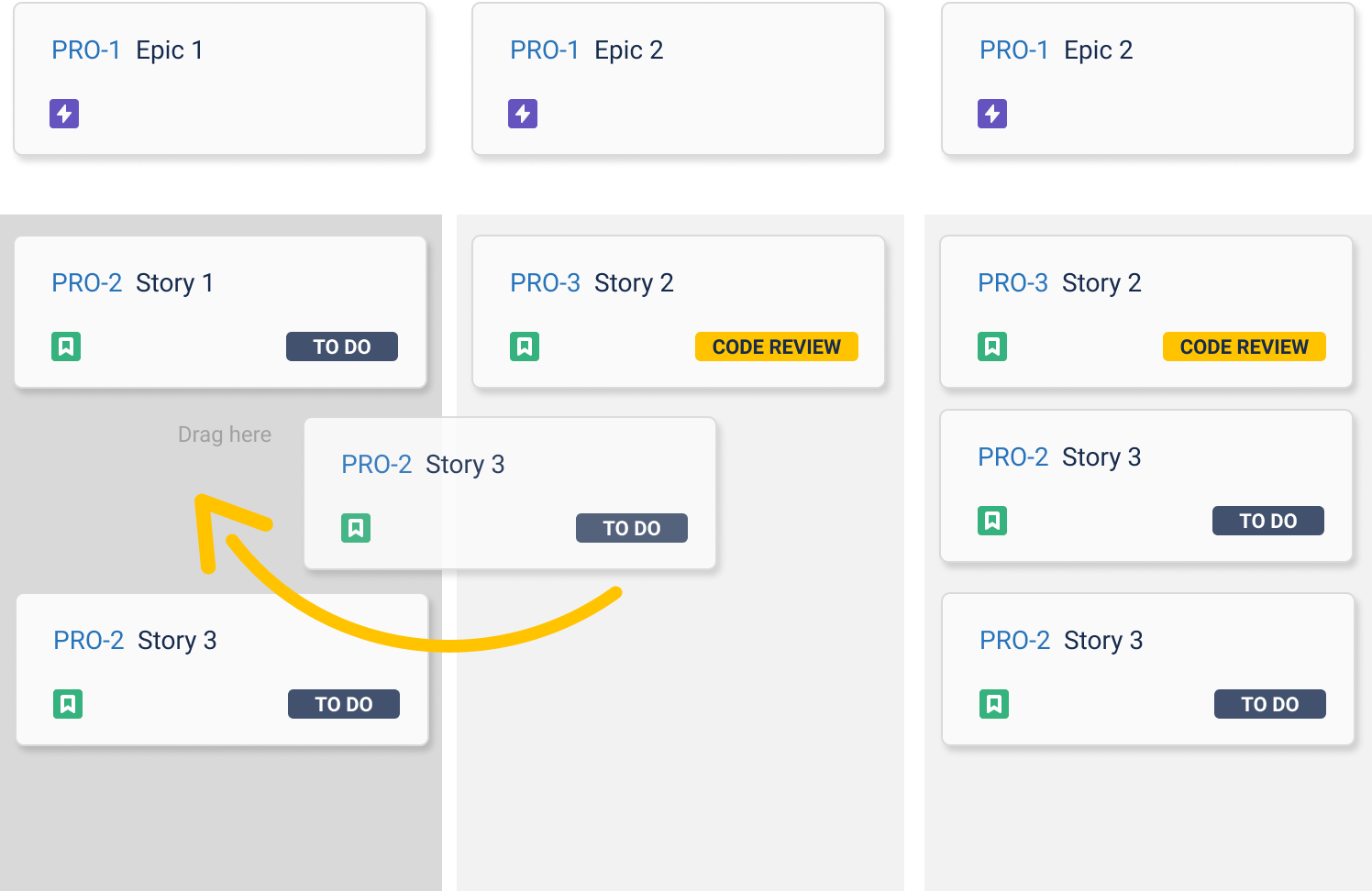Story Mapping is a successful tool that is not specific to a certain niche, it can be used for teams from Sales to Programming. It simplifies the process of understanding and breaking down user requirements, as well as exploring how your users interact with your product or service.
Every user story map starts with a set of user goals or user activities at the very top. In Jira the user steps are then used to structure the individual issues - let me explain: The steps that your user takes interacting with your product or service are the "Backbone" of your user story map (not to be confused with the "Backlog").

When using Story Mapping for Jira for the first time, you are tasked with adding an epic to the story map's backbone to get started. You do this by either creating and epic directly from the story map or searching for an existing one.
After adding the Epic to the story map, you can assign issues that belong to this step right away. Simply follow the same method by either adding an existing issue to the story map (you can search by either summary or issue key) or creating a new one.

This way you can fill your user story map really quickly while always having the context - your customer's actions - right at your disposal. But not only that: Once you have a few columns and issues lined up, you can rearrange them by simply dragging and dropping them to another column.

You can also rank the issues this way - this is much easier than dealing with the full backlog and having to drag and drop stories all the way from the bottom of the backlog to the top. Inside the user story map all issues rank relative to each other, so once you add a story and than drop it before an existing story - you will find the ranking will automatically adjust in your Jira agile board's backlog.
A story map does not need to perfect right from the start, you can always come back to it at a later point. Start a story mapping session with your team - define and discuss the backbone of issues that should go into the top row. Once you have that you can create stories by simply adding a short summary. This can be expanded upon later - edit issues by simply double clicking them or clicking on the little edit icon.
I hope I could give you a simple introduction to user story mapping - if you want to try it for yourself - simply head on over to the Atlassian Marketplace and install the app in your Jira instance - its completely free.